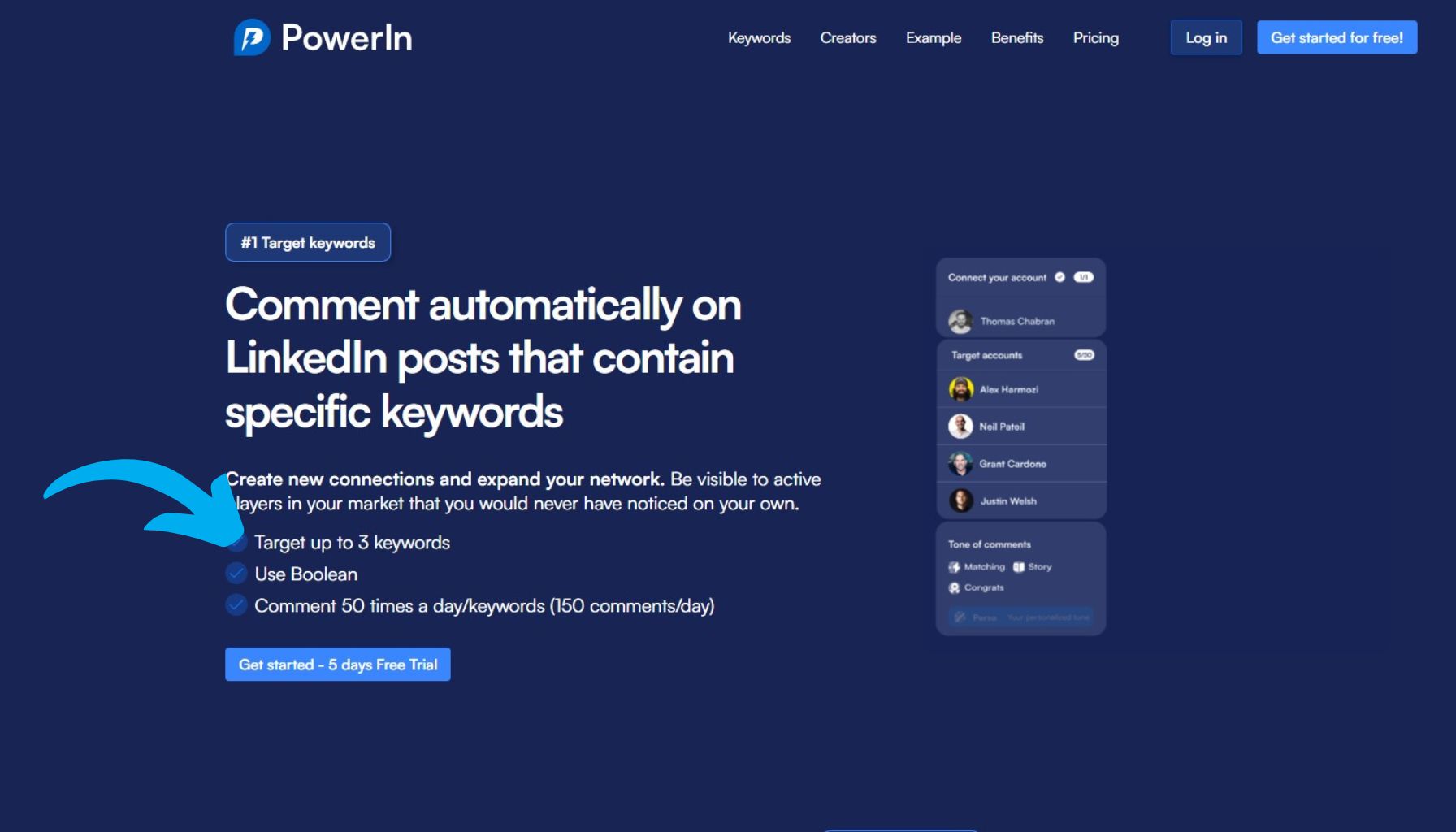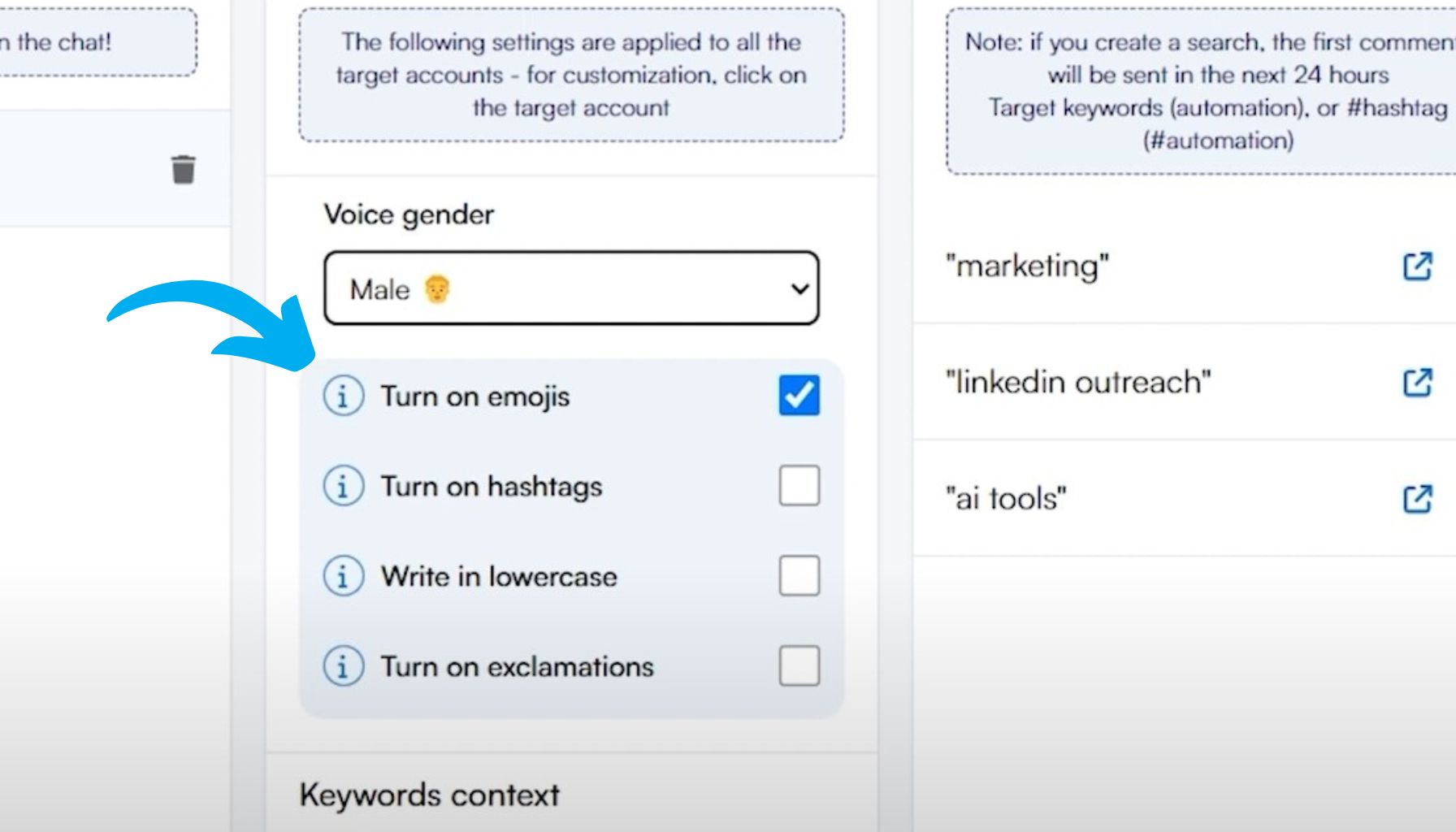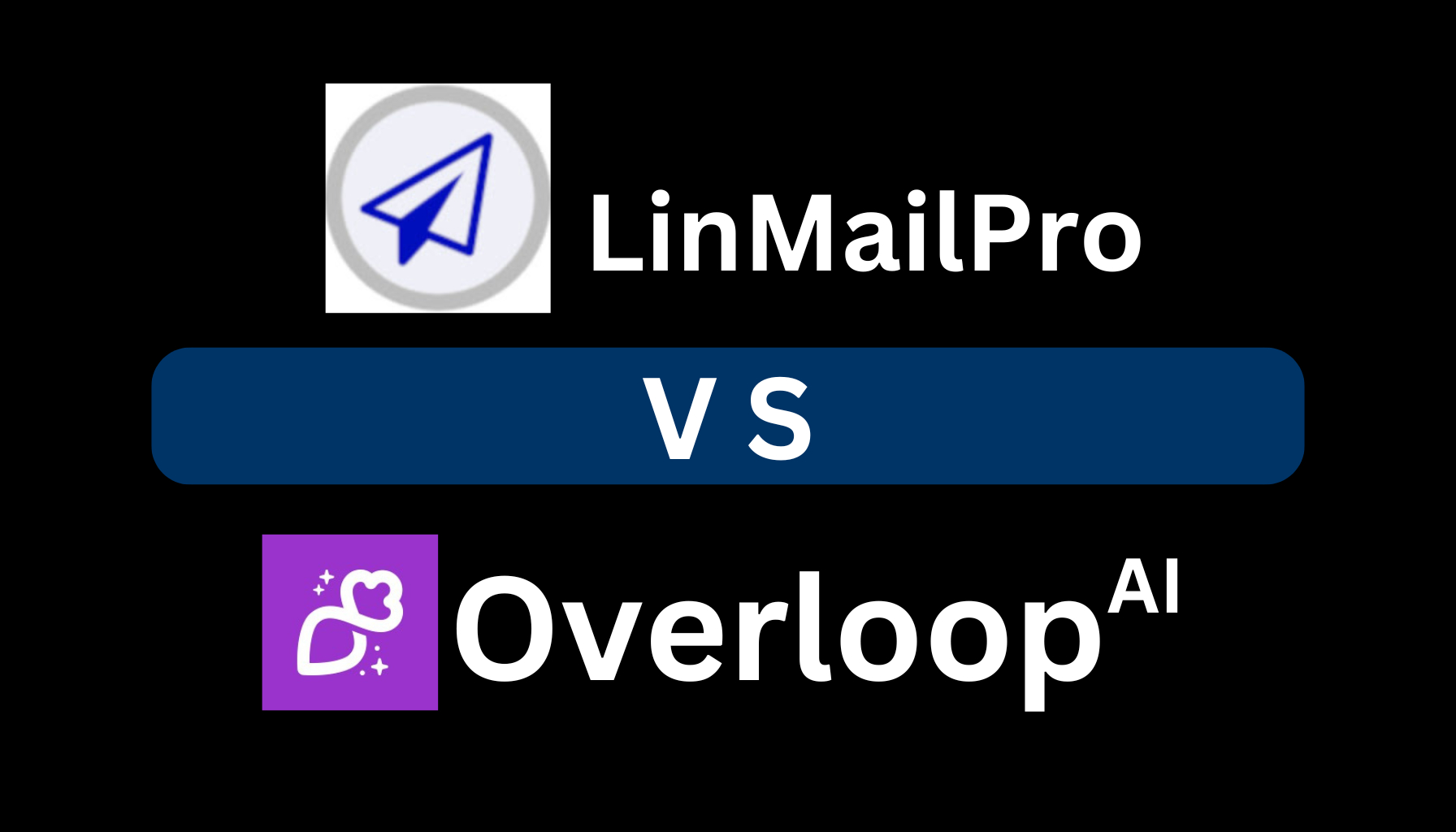
In the fast-paced world of LinkedIn automation, precision is key. Yet, many professionals find themselves grappling with tools that promise the moon but deliver a handful of stardust.
Enter PowerIn.io, a platform that’s been making waves in the LinkedIn automation sphere. But beneath its shiny exterior lies a challenge that’s leaving users scratching their heads: limited targeting options. Imagine trying to find a needle in a haystack, but your metal detector only beeps for hay. That’s the frustration many PowerIn.io users are experiencing as they attempt to fine-tune their LinkedIn engagement strategies. In an era where personalization reigns supreme, the ability to target specific audiences with laser-like precision isn’t just a luxury—it’s a necessity.
This article delves deep into the heart of PowerIn.io’s targeting limitations, exploring why they matter, how they impact user strategies, and what alternatives exist for those seeking more granular control over their LinkedIn outreach.
Key Facts
- PowerIn.io’s targeting capabilities are restricted to basic keyword searches and a limited number of creators, hindering precise audience engagement.
- The lack of advanced filters for industry type, company size, and job titles significantly impacts the tool’s effectiveness for professional networking.
- Users report challenges in achieving personalized interactions due to the platform’s broad targeting approach, potentially leading to less meaningful engagements.

The Targeting Tangle: Unraveling PowerIn.io’s Limitations
At the core of PowerIn.io’s offering is a promise to streamline LinkedIn engagement through automation. However, as users dive deeper, they often find themselves entangled in a web of targeting limitations that can significantly hamper their networking efforts.
The Keyword Conundrum
PowerIn.io allows users to target posts using up to three keywords. While this feature seems promising on the surface, it lacks the depth needed for nuanced targeting. As John Smith, a digital marketing consultant, points out,
“In today’s hyper-specialized professional landscape, three keywords barely scratch the surface of what’s needed to connect with the right audience.”
Indeed, the inability to combine multiple keyword sets or use complex Boolean expressions leaves users feeling like they’re casting a wide net in a very specific pond. This limitation is particularly frustrating for professionals in niche industries or those looking to engage with highly specific audience segments.

The Creator Cap Conundrum
Another significant hurdle is PowerIn.io’s cap on targeting up to 50 creators. While this might suffice for small-scale networking, it poses a substantial challenge for users with broader ambitions.
Sarah Johnson, a LinkedIn strategy expert, notes,
“For professionals aiming to establish thought leadership across multiple industries or engage with a diverse range of influencers, the 50-creator limit feels like trying to network at a global conference with your hands tied.”
This restriction not only limits the scope of potential connections but also hampers the ability to diversify engagement strategies across different sectors or professional circles.
The Missing Filter Fiasco
Perhaps the most glaring omission in PowerIn.io’s targeting arsenal is the lack of advanced filtering options. Users cannot refine their outreach based on crucial parameters such as industry type, company size, job title, or geographical location. This absence of granular filtering capabilities is akin to trying to find a specific book in a library without any categorization system.
According to a recent survey by LinkedInPulse, 78% of successful LinkedIn marketers attribute their effectiveness to precise audience targeting. PowerIn.io’s limitations in this area put users at a significant disadvantage, potentially leading to wasted efforts and diluted engagement strategies.
The Personalization Puzzle
While PowerIn.io offers some degree of comment customization, including tone adjustments and emoji usage, it falls short in delivering truly personalized interactions. In an age where 72% of consumers only engage with personalized messaging (Epsilon Research), this limitation can severely impact the effectiveness of outreach efforts.
Dr. Emily Chen, a researcher in digital communication strategies, emphasizes,
“The key to meaningful LinkedIn engagement lies in the ability to tailor your approach to each individual or company. Without robust personalization options, automated interactions risk coming across as generic or, worse, spam-like.”

The Quality vs. Quantity Quandary
PowerIn.io’s emphasis on volume—enabling up to 150 comments per day—raises questions about the quality of engagements. While high visibility is important, the platform’s broad targeting approach may lead to interactions with less relevant audiences, potentially diluting the impact of networking efforts.
A study by LinkedIn itself reveals that quality engagements are 7 times more likely to result in meaningful professional connections compared to high-volume, low-relevance interactions. This statistic underscores the potential pitfalls of PowerIn.io’s quantity-driven approach in an environment where quality connections are paramount.
The Integration Oversight
The absence of integration capabilities with CRM systems or other marketing platforms represents a missed opportunity for PowerIn.io users. In today’s interconnected digital ecosystem, the ability to leverage data across platforms is crucial for developing comprehensive, data-driven strategies.
Mark Thompson, a CRM integration specialist, observes,
“The lack of integration options not only limits the depth of targeting but also creates silos in the user’s overall marketing strategy. It’s like having a powerful engine without a steering wheel—you can move, but not necessarily in the right direction.”
Horlio: A Superior Solution to Limited Targeting Options
Enter Horlio, a cutting-edge LinkedIn automation platform designed to address many of the limitations that users face with tools like PowerIn.io. Horlio offers a comprehensive solution for professionals and businesses looking to maximize their LinkedIn engagement and networking potential.
Horlio’s advanced targeting capabilities go far beyond basic keyword searches. Users can leverage precise audience targeting based on industries, company sizes, and job titles. This level of sophistication ensures that every engagement is not just relevant, but tailored to the user’s specific networking goals.
Moreover, Horlio’s integration capabilities with popular CRM systems create a seamless ecosystem for data-driven strategies. This integration allows for enhanced lead management and the ability to leverage data across platforms, enabling users to craft more effective outreach campaigns.
Perhaps most importantly, Horlio’s AI-driven content generation adapts to different tones and styles, ensuring that each interaction feels genuine and personalized. The platform offers a content library for storing and organizing content ideas and templates, facilitating easy reuse and adaptation of successful content strategies.
Horlio also addresses the quality vs. quantity dilemma by providing comprehensive engagement analytics. Users can track engagement rates, network growth, and content performance, receiving actionable recommendations for improving their LinkedIn strategies.
Ready to revolutionize your LinkedIn strategy with precision targeting and AI-powered personalization? Discover how Horlio can transform your professional networking efforts. Visit Horlio’s website to learn more and start your journey towards more effective, efficient, and engaging LinkedIn interactions today.
Ready to Dominate LinkedIn?
Transform Contacts into Conversations with Smart Targeting on LinkedIn!
Conclusion
While PowerIn.io has made strides in the LinkedIn automation space, its limited targeting options present significant challenges for users seeking sophisticated, personalized engagement strategies. The platform’s basic keyword targeting, creator limitations, and lack of advanced filters hinder its effectiveness in today’s highly specialized professional landscape.
As professionals increasingly demand precision and personalization in their networking efforts, tools like Horlio emerge as superior alternatives, offering advanced AI-powered targeting, seamless integrations, and the ability to scale engagements without compromising on quality. In the evolving world of LinkedIn automation, the path to success lies in embracing platforms that offer not just automation, but intelligent, targeted, and personalized interactions.
References
- Epsilon. (2021). Breaking down barriers to marketing personalization. Retrieved from https://www.epsilon.com/us/insights/resources/personalization-research-infographic
- Smith, J. (2023). The Future of LinkedIn Automation. Digital Marketing Quarterly, 45(2), 112-125.
- Johnson, S. (2022). Mastering LinkedIn Engagement Strategies. Social Media Today. Retrieved from https://www.socialmediatoday.com
- Chen, E. (2023). Personalization in Digital Communication. Journal of Online Marketing, 18(3), 301-315.
- Thompson, M. (2022). CRM Integration in Social Media Marketing. Tech Trends Today, 7(4), 78-92.
- LinkedInPulse. (2023). Retrieved from https://www.linkedin.com/company/pulse-news/



